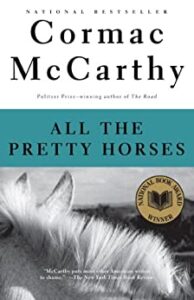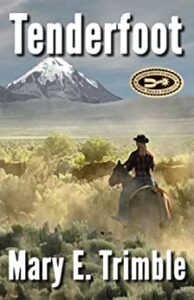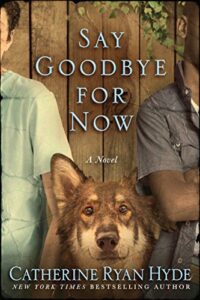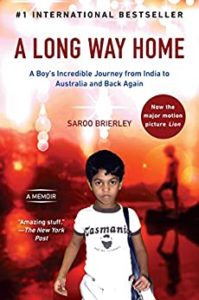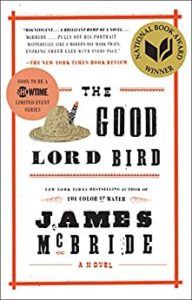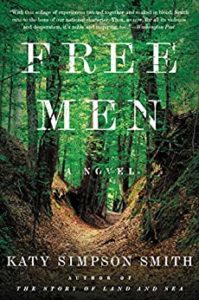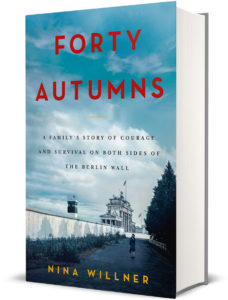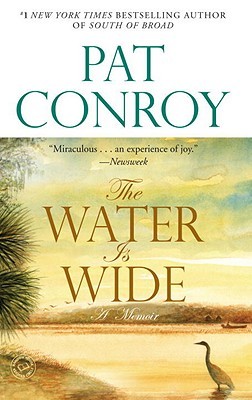
The Water is Wide: A Memoir by Pat Conroy is an exceptionally good read. The story is based on his teaching experience on Daufuskie Island, off the South Carolina coast, which is called Yamacraw Island in the book.
In 1969, when Conroy arrived on the island, it was still quite primitive. Most of the families didn’t have running water, nor did the two-room schoolhouse. Mrs. Brown, the only other teacher, was also the principal. Conroy would teach fifth through twelfth grades, a total of eighteen black children. Mrs. Brown’s method of teaching was with a strap, the only way “retarded” children could learn, she claimed.
Conroy was appalled to observe that some of his students could barely write, could not decipher even simple words, and three could not write their own name. Not only did they not know what continent they lived on, they didn’t know they lived in the United States of America, didn’t know the president’s name, nor did they know that the Atlantic Ocean washed up against their island. Seven did not know the alphabet, four of the students could not add two plus two, eighteen children did not know the country was involved in a war in Southeast Asia. Two children did not know how old they were; four could not count to ten. None of them had ever seen a movie or attended a ball game.
When speaking to one another, the children spoke Gullah, a combination of an African language and English, though Conroy couldn’t understand a word they said. Their version of English was difficult for Conroy to comprehend, and at first the students also had a hard time understanding Conroy, so it took adjustment on both sides to communicate.
Much to the school board’s dismay, Conroy took an innovative, creative approach to educate his students. He made school fun.
Although the title of the book includes “A Memoir,” the copyright page claims it is a work of fiction. The book reads like a memoir and Pat Conroy did teach in a two-room school house, and it is also true that a battle ensued with the school board as to whether his contract would be renewed for another year. In any event, the book makes excellent points about the plight of black school children and their struggle for equality in the late 1960’s and early 1970s.
The Water Is Wide is a well-written, fun and often funny story of how one man made a difference in bringing the world to children who had been denied adequate education. I highly recommend this book. Memoir or not, the book contains timeless truths that need to be told.


